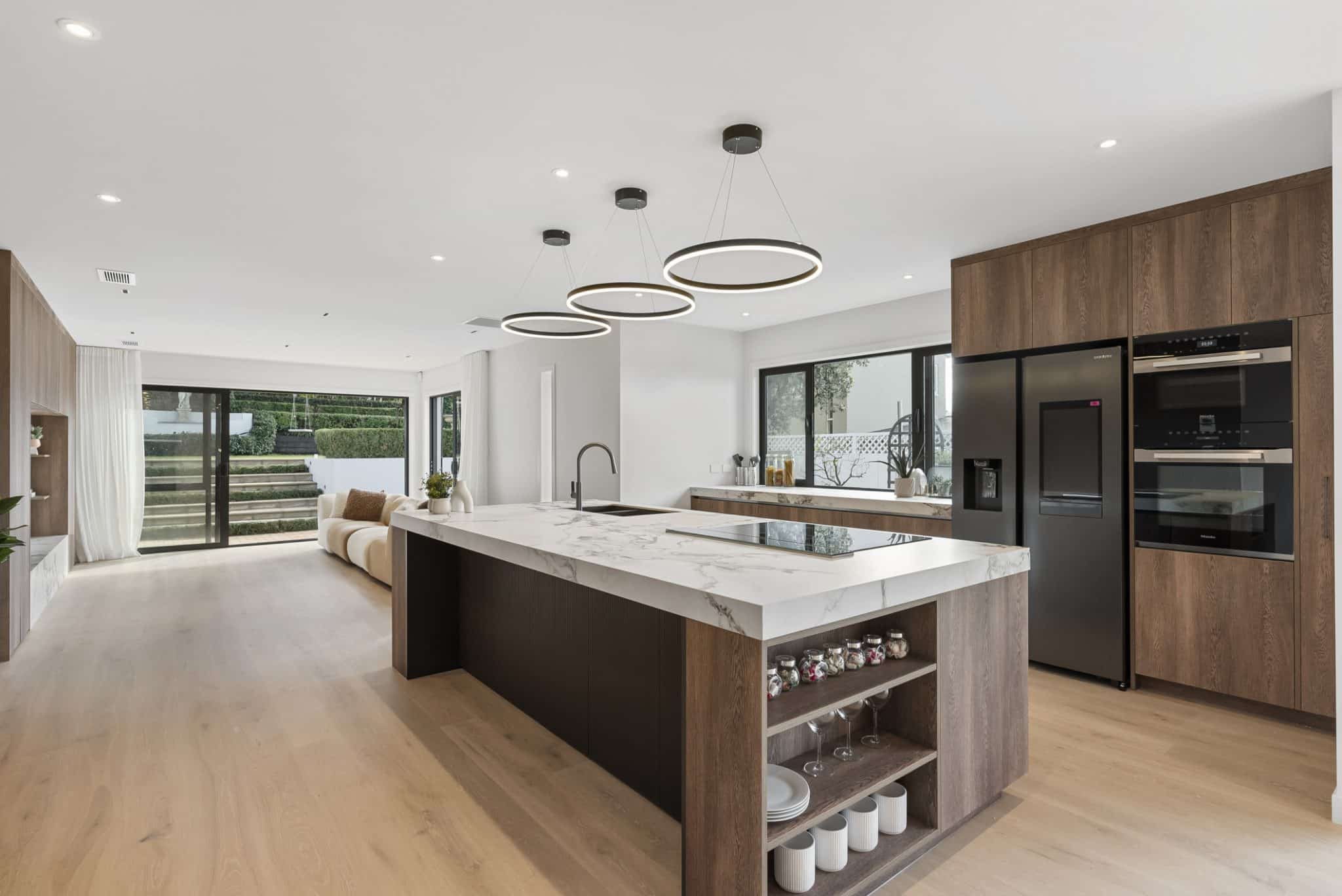How to Combine Underfloor Heating and Wooden Floors
Pairing underfloor heating and wooden floors creates a warm, inviting, and energy-efficient living space. However, achieving the perfect balance requires careful planning and the right materials. This guide explores best practices and tips to ensure your wooden floors complement your underfloor heating system, all while keeping them durable and beautiful.
Choosing the Right Wooden Flooring for Underfloor Heating
Not all wooden floors are created equal when it comes to underfloor heating. Engineered timber flooring is the best choice due to its stability and resistance to heat-induced warping. Engineered boards consist of multiple layers, making them less prone to expansion and contraction compared to solid wood.
For Kiwi homeowners, engineered timber flooring options, such as those in our Vienna Woods Collection, combine style and practicality. These floors are specifically designed to perform well with modern heating systems.
For further insights, explore Warmup’s guide on using underfloor heating with timber floors, which provides practical advice on material selection.
Best Practices for Installation
To ensure the longevity of your wooden floors and the effectiveness of your underfloor heating system, follow these essential steps:
- Prepare Your Floors Properly: Acclimate timber to the room’s temperature and humidity for at least 48 hours before installation.
- Maintain Even Heating: Ensure heating elements cover the entire floor area to avoid cold spots.
- Monitor Surface Temperatures: Keep floor surface temperatures below 27°C to prevent damage to the timber.
- Avoid Heat Blockages: Use rugs sparingly, as they can trap heat and lead to uneven flooring conditions.
For more detailed technical tips, visit ThermoSphere’s guide on underfloor heating installation.
Benefits of Underfloor Heating and Wooden Floors
Combining underfloor heating and wooden floors offers both aesthetic and functional benefits:
- Unmatched Comfort: Step onto warm, cosy wooden floors even on chilly mornings.
- Energy Efficiency: Underfloor heating systems distribute heat evenly, lowering energy consumption.
- Timeless Appeal: Wooden floors enhance any room with their natural beauty and warmth.
Discover how underfloor heating integrates seamlessly with different styles of flooring by reading our article on the benefits of engineered timber flooring.
Common Questions
Can all wooden floors be used with underfloor heating?
No, solid wood flooring is generally not recommended. Engineered wood offers better stability and durability when paired with underfloor heating.
What finishes are best for heated wooden floors?
Oil or lacquer finishes work well, provided they are suitable for heated surfaces. Check out our guide to choosing the right finish for your wooden floor for more details.
Final Thoughts
Combining underfloor heating and wooden floors transforms your home into a cosy retreat, all while improving energy efficiency. By choosing high-quality engineered timber and following best practices, you can enjoy warmth and beauty without compromising durability.
For expert advice and a wide selection of suitable flooring, explore our engineered wood flooring options or contact us today to discuss your project.
Looking for a flooring adhesive suitable for underfloor heating? Try Parabond 440.
